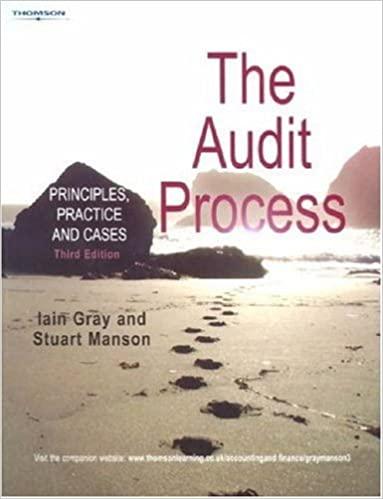U4. Two distinct proposals, A and B, are being debated in Washington. Con- gress likes proposal A, and the president likes proposal B. The proposals are not mutually exclusive; either or both or neither may become law. Thus there are four possible outcomes, and the rankings of the two sides are as follows, where a larger number represents a more favored outcome: Outcome Congress President A becomes law 4 1 B becomes law 1 4 Both A and B become law 3 3 Neither (status quo prevails) 2 2 U4. Two distinct proposals, A and B, are being debated in Washington. Con- gress likes proposal A, and the president likes proposal B. The proposals are not mutually exclusive; either or both or neither may become law. Thus there are four possible outcomes, and the rankings of the two sides are as follows, where a larger number represents a more favored outcome: Outcome Congress President A becomes law 1 B becomes law Both A and B become law Neither (status quo prevails) 4 1 4 3 3 2 2 88 (CH. 3] GAMES WITH SEQUENTIAL MOVES (a) The moves in the game are as follows. First, Congress decides whether to pass a bill and whether the bill is to contain A or B or both. Then the president decides whether to sign or veto the bill. Congress does not have enough votes to override a veto. Draw a tree for this game and find the rollback equilibrium. (b) Now suppose the rules of the game are changed in only one respect: the president is given the extra power of a line-item veto. Thus, if Congress passes a bill containing both A and B, the president may choose not only to sign or veto the bill as a whole, but also to veto just one of the two items. Show the new tree and find the rollback equilibrium. (c) Explain intuitively why the difference between the two equilibria arises. U4. Two distinct proposals, A and B, are being debated in Washington. Con- gress likes proposal A, and the president likes proposal B. The proposals are not mutually exclusive; either or both or neither may become law. Thus there are four possible outcomes, and the rankings of the two sides are as follows, where a larger number represents a more favored outcome: Outcome Congress President A becomes law 4 1 B becomes law 1 4 Both A and B become law 3 3 Neither (status quo prevails) 2 2 U4. Two distinct proposals, A and B, are being debated in Washington. Con- gress likes proposal A, and the president likes proposal B. The proposals are not mutually exclusive; either or both or neither may become law. Thus there are four possible outcomes, and the rankings of the two sides are as follows, where a larger number represents a more favored outcome: Outcome Congress President A becomes law 1 B becomes law Both A and B become law Neither (status quo prevails) 4 1 4 3 3 2 2 88 (CH. 3] GAMES WITH SEQUENTIAL MOVES (a) The moves in the game are as follows. First, Congress decides whether to pass a bill and whether the bill is to contain A or B or both. Then the president decides whether to sign or veto the bill. Congress does not have enough votes to override a veto. Draw a tree for this game and find the rollback equilibrium. (b) Now suppose the rules of the game are changed in only one respect: the president is given the extra power of a line-item veto. Thus, if Congress passes a bill containing both A and B, the president may choose not only to sign or veto the bill as a whole, but also to veto just one of the two items. Show the new tree and find the rollback equilibrium. (c) Explain intuitively why the difference between the two equilibria arises








